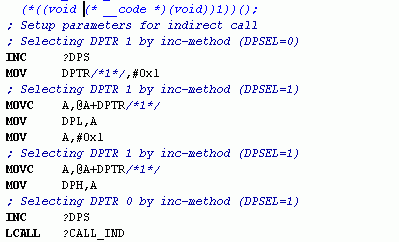Dear All,
Is there a way to force a reset from software on CC1110 without using the watchdog?
An illegal operation command to force a reset for example?
Our firmware can be upgraded remotely over the air. After firmware upgrade (replacing the new firmware with the old version) a reset is necessary. We could get the reset from the watchdog but what if watchdog is not enabled?
Zoltan



